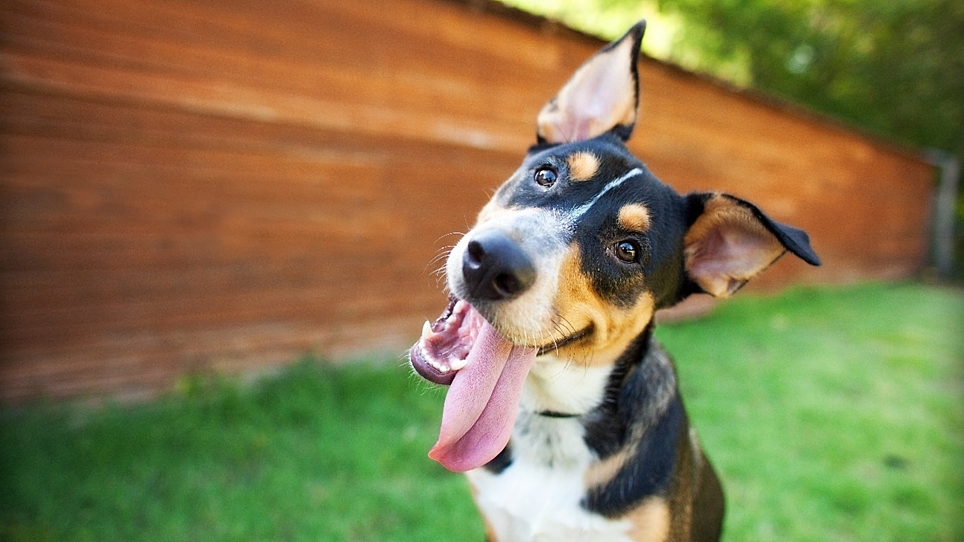Exploring the world of dog body language is crucial for every pet lover. Your dog is communicating with you all the time, but sometimes it can be tricky to understand what they’re trying to tell us. Just as humans communicate through words and gestures, our furry companions rely on their unique set of body language cues to express their needs, emotions, and overall state of happiness. By learning to interpret and respond to these cues, we can better understand their needs and feelings, and ensure their happiness.
- Tail wagging in dogs carries various meanings based on its position and speed. A slow, relaxed wag reflects calmness, while a fast, vigorous wag signifies excitement or anticipation. Conversely, a tucked or tense tail may indicate fear. It’s also important to remember that different dog breeds have varying natural tail positions – knowing your dog's neutral tail position will help you decode their wag.
- Ear Positions. Dogs' ears are highly expressive, conveying valuable information about their mood and attentiveness. Erect ears facing forward indicate alertness and interest, while ears pulled back or flattened against the head may signal fear or anxiety. Dogs with floppy ears may have a more challenging time expressing these cues, but you can still see subtle shifts or tense muscles around their ears.
- Body Posture. A dog's body posture speaks volumes about their emotional state and intentions. When a dog stands tall with a relaxed body, they are generally calm and comfortable. Conversely, a stiff, tense body posture can signify fear.
- Facial Expressions. They’re not just adorable to look at, a dog's face actually reveals a lot about their feelings. Relaxed, open mouths usually indicate a calm and content state. A wrinkled forehead, furrowed brows, or a closed, tense mouth may be a sign that your pup is feeling a bit anxious. Other cues such as yawning, lip licking, and even smiling can indicate stress.
- Eyes. A dog's eyes provide valuable insights into their internal state. Soft eyes with relaxed lids indicate calmness or happiness, while a hard stare suggests intense focus. A hard stare can precede aggression, while looking away is a way for dogs to calm a situation or express discomfort. The whites of the eyes, known as "whale eye," signal anxiety, stress or fear.
- Play Bow. An easy-to-read aspect of dog body language is the play bow. This is when dogs place their chest on the ground with their rump in the air. As the name implies, it’s used to initiate play with other dogs and even with people.
- Raised Hackles. When a dog's hackles are raised, it indicates hair standing up along their back, signalling arousal that can be positive or negative. This involuntary reaction, similar to goosebumps in humans, may indicate the dog being upset, stressed, excited, or intensely interested in something.
- Rolling onto their back. This one is tricky as it can signify both relaxation or significant anxiety. This is why it’s very important to consider the context of your dog’s body language, as it will help you work out what they’re trying to convey.
None of these dog body language signals act alone, they are all part of a package. So, when you read a dog’s body language, look at everything from the tail to the eyes, as well as their surroundings. It’s also important to remember that every dog is an individual, so it’s important to understanding their unique body language cues. This will all provide invaluable context to understand what your pup is trying to tell you.
